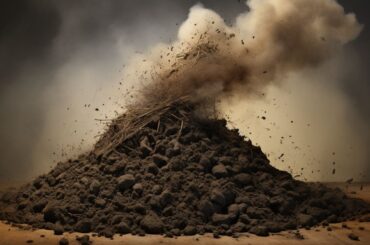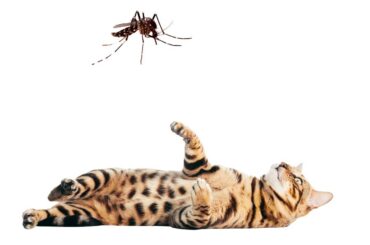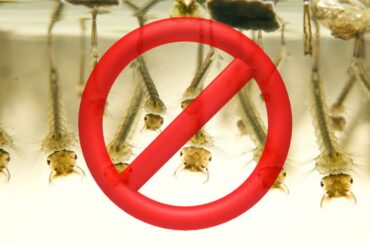For many gardeners, an incinerator fire pit is an efficient way to get rid of fallen leaves, pruned branches, and other yard waste. When used correctly, incinerators allow for quick disposal without taking up landfill space. However, following proper safety precautions is crucial when burning debris. In this guide, we’ll review How to Use a Garden Incinerator safely to protect your property, health, and the environment.

Choosing an Appropriate Incinerator
If you plan to burn yard waste regularly, investing in a high-quality incinerator is worth the cost. Well-designed units are constructed from durable welded steel and have proper ventilation and air flow. This allows for more complete burning while reducing smoke. Look for a model sized appropriately for your debris load that sits on legs to prevent scorching the ground.
Make sure incinerator burning is legal in your area before purchasing. Many municipalities prohibit open fires or have specific requirements like obtaining a permit. Always check local ordinances first. If permitted, position the incinerator in your yard away from any structures, trees or bushes to prevent fire spread.
How to Use a Garden Incinerator
The key to safe and effective debris incineration is following some basic operational guidelines:
- Only burn waste when wind speeds are low to prevent sparks from blowing. Early morning is ideal.
- Keep a fire extinguisher or garden hose nearby in case of emergencies.
- Avoid burning on dry, hot, or windy days when fire risks are higher.
- Never leave an incinerator fire unattended or let it smolder overnight.
- Allow the incinerator and waste to cool fully before leaving the area.
- Only burn dry, untreated wood and plant materials. Never burn synthetic, hazardous or household waste.
- Avoid overloading the chamber which can produce excess smoke and hazardous fumes.
- Wear protective fireproof gloves, long sleeves and eyewear when tending the fire.
Following these simple precautions will allow you to utilize your garden incinerator safely and with peace of mind.

Allowable Materials for Burning
Garden incinerators are designed solely to burn plant-based yard waste. Appropriate items include:
- Dry leaves and grass clippings
- Small pruned branches
- Tree and bush trimmings
- Pine needles and cones
- Twigs and sticks
- Weeds and garden plant residue
These materials will burn cleanly and break down fully into safe ash. Avoid wet or green waste which causes more smoke. Always check local regulations on allowable burning materials to ensure compliance.
Unsafe Items to Keep Out
Certain types of waste should never go into backyard incinerators. These include:
- Household trash or recyclables
- Old furniture, construction debris or treated wood
- Plastics, metals, electronics and hazardous chemicals
- Rubber, tires or anything containing petroleum
- Any synthetic, painted or pressure-treated materials
Burning these will generate toxic smoke plumes and release dangerous chemicals. Incinerate natural plant waste only to avoid environmental harm.

Maximizing Efficiency While Burning
With the right technique, your garden incinerator can make quick work of yard debris without wasted time or half-burned piles. Follow these tips for optimal efficiency:
- Chop or shred waste into smaller pieces which burn faster.
- Alternate adding fresh waste with dry kindling to reinvigorate fires.
- Poke or stir unburned materials to improve air flow.
- Position larger logs on bottom with smaller twigs on top for better air circulation.
- Let each load burn down fully before adding more debris.
- Operate the incinerator’s air vents to improve oxygenation.
Taking these steps will help your incinerator live up to its full potential as a debris disposal workhorse.
Safety First When Children Are Present
Incineration sparks inherent dangers, so exercise extreme caution if operation when children or pets are around the yard area.
- Monitor the incinerator at all times when burning. Never leave it unattended.
- Only allow mature children to cautiously assist under close adult supervision.
- Ensure all children and pets remain at a safe distance at all times.
- Warn children about the dangers of fire and establish clear safety rules.
- Allow the incinerator to cool fully before letting children near it after burning.
While a useful waste solution, incinerator fires pose serious risks. Prioritizing safety and prevention ensures your outdoor burning remains incident-free.

Disposing of Ashes Properly
The ash residue remaining after burning garden waste contains high levels of potash along with trace minerals and nutrients. This makes it excellent fertilizer for spreading around plants and vegetable gardens.
Before using incinerator ash, allow it to fully cool for several days after burning. Cold ash is safer for handling. Test its pH to determine ideal applications. Ash with high alkalinity may need neutralizing before plant use.
Take precautions when disposing excess ash. First wet it thoroughly to prevent reigniting from latent embers. Then place it in covered metal containers for proper disposal. With prudence, ashes can enrich your garden rather than harm it.
Burning yard trimmings in a garden incinerator is an age-old waste solution, but one requiring great care. Following the safety guidelines and tips in this article will allow you to avoid potential hazards. With responsible operation, a backyard incinerator can be a useful tool for creating fertilizer from debris that might otherwise end up in the landfill.




